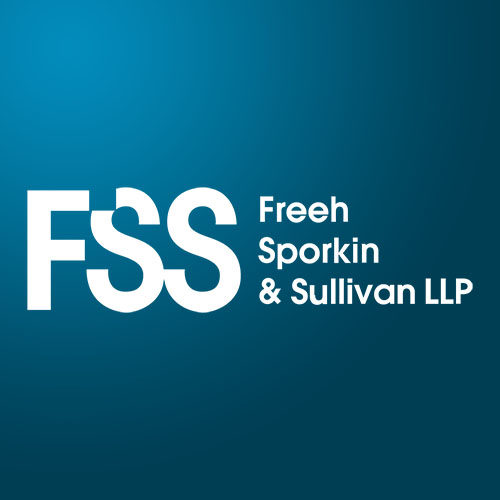
The Who-What-Why-When of the rule can be summarized as follows:
- Who: A company must file a Beneficial Owner Report (BOR) under the new rule if: (a) the company was created or registered to do business by filing a document with a Secretary of State or similar office; and (b) the company is not already subject to similar reporting requirements or otherwise exempted under the rule (for example, because it meets the definition of “large operating company”).
- What: A BOR must include specific identifying information about each and every “Beneficial Owner” of the entity, including date of birth, address, passport or other identification document number, and more. In addition, the person filing the BOR must certify that it is true, correct, and complete.
- Why: Any willful act or omission in violation of these reporting requirements can lead to massive civil fines as well as criminal penalties, including imprisonment.
- When: The new rule takes effect on January 1, 2024. Pre-existing companies are granted one year to satisfy the new reporting requirement (with a deadline of January 1, 2025). Newly created companies, on the other hand, must file within 30 days of notice that the creation has become effective. Similarly, changes and updates must be reported within 30 days therefrom.
Four bullet points. Seems simple.
But as is usually the case, the devil is in the details … or, more accurately in this instance, the devil is in the definitions. “Beneficial Owner” is defined to include any individual who, directly or indirectly, either (1) owns or controls at least 25 percent of the ownership interests of a reporting company; or (2) exercises substantial control over a reporting company. “Substantial control” is defined to include anyone who has substantial influence over the entity’s important decisions. In other words, FinCEN is looking for reporting on the real decisionmakers and owners of an entity, regardless of corporate structure and the titles assigned on the Org. Chart. Put another way, the Treasury Department wants to know the men (or women) behind the curtain.
While some further clarity will hopefully develop over time as entities attempt to comply with this rule, all should be on high alert that compliance will require due diligence and analysis as well as careful risk assessment.
For those of you who are groaning right now at the thought of this added burden, it may help to recognize that there is a benefit to this new rule (beyond even its stated goals of protecting national security, strengthening the integrity of our financial system, and preventing criminal actors from hiding illicit proceeds from the government). The new rule should also benefit entities engaged in private transactions or risk assessments in which “behind the curtain” transparency is vital.
So what should entities be doing now? Although the deadline seems far in the future, it would be a mistake to presume that compliance will be a quick or easy process. To avoid issues later, entities should be preparing to engage in a five-step approach, ideally with the support of trusted compliance or legal experts who can guide efforts to meet the requirements and avoid possible penalties:
- Entities must first determine if they are covered by the rule and/or an exemption; (2) Next, covered entities must carefully and thoughtfully identify all who satisfy the
definition of “Beneficial Owner;” - Covered entities must then gather all required identification information about each
“Beneficial Owner” (as well as certain required information about the reporting
company); - The BOR must be written and filed; and
- Entities should create a plan to revisit the need for and contents of the BOR on a regular
basis, to ensure all needed updates are timely filed.
In sum, for many entities, compliance with this new rule won’t be as simple as it seems. This is exactly why FinCEN is granting entities a long runway for compliance – more than a year for pre-existing entities. You would be well-advised to use this time wisely.